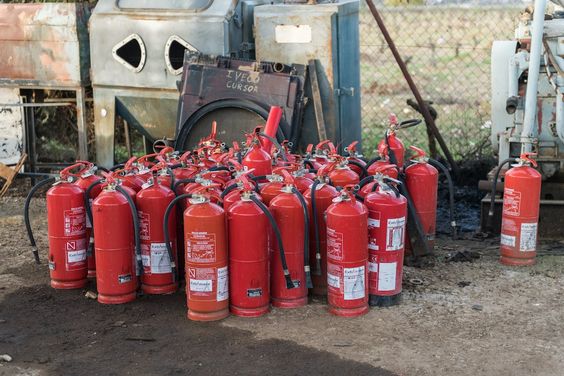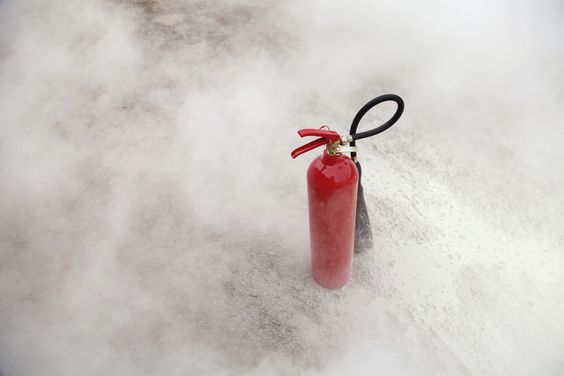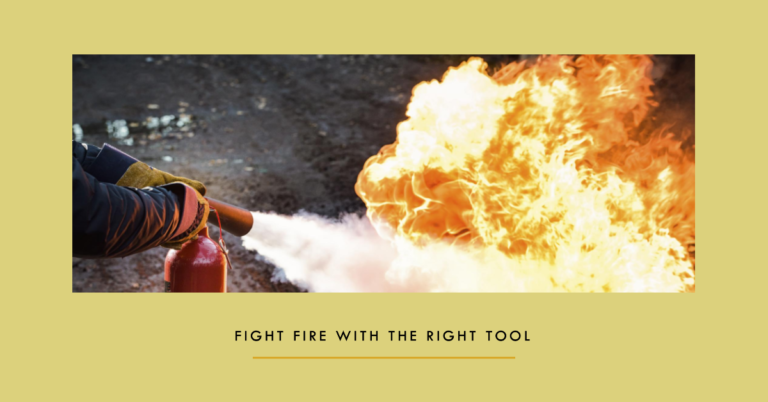Last Updated on March 26, 2024 by Allen
Fire extinguishers generally last 5 to 15 years. Be sure to check the manufacturing date for replacement. Factors like corrosion can impact their effectiveness. Regular maintenance can extend their lifespan. Keep the extinguisher visible and accessible for emergencies. Remember, essential inspections and servicing are vital for ensuring their functionality. Checking the pressure gauge monthly and examining it for visible damage can help. If you continue to learn more about fire extinguishers, you’ll discover maintenance tips and the importance of regular inspections for their reliable performance.

Lifespan of Fire Extinguishers
Fire extinguishers typically last for about 5 to 15 years before needing to be replaced. It’s important to check the manufacturing date on your extinguisher to know when it’s time for a replacement. Over time, factors like corrosion, leakage, or damage can affect the effectiveness of the extinguisher.
Regular maintenance, such as monthly checks and professional inspections, can help extend its lifespan. Remember to keep an eye on the pressure gauge, make sure the pin is intact, and the nozzle is clear of any obstructions. It’s also essential to place your extinguisher in a visible and easily accessible location.
Factors Affecting Extinguisher Longevity
To guarantee the longevity of your fire extinguisher, various factors such as maintenance, environmental conditions, and proper handling play essential roles. Ensuring your extinguisher is well-maintained and stored in suitable environments can have a substantial impact on its lifespan. Here is a table outlining the key factors affecting fire extinguisher longevity:
| Factors | Description | Impact |
|---|---|---|
| Maintenance | Regular inspections, servicing, and recharging when needed | Ensures functionality over time |
| Environmental Conditions | Exposure to extreme temperatures or corrosive substances | Can deteriorate materials faster |
| Proper Handling | Following manufacturer guidelines for usage and storage | Prevents damage and malfunction |
Maintenance Tips for Fire Extinguishers
Regularly inspecting your fire extinguisher is crucial to guarantee its proper functionality and longevity. Check the pressure gauge monthly to make sure it’s in the usable range. Ensure the pin and tamper seal are intact.
Examine the extinguisher for any visible signs of damage, corrosion, or leakage. Shake it a few times yearly to prevent the powder from settling. Keep the extinguisher clean and free of any obstructions. Place it in a visible and easily accessible location.
Educate yourself and others on how to properly use the extinguisher in case of an emergency. Consider professional maintenance checks every few years to ensure the extinguisher is in prime condition.
Replacing Expired Fire Extinguishers
When your fire extinguisher has expired, it’s essential to promptly replace it to guarantee your safety in case of a fire emergency. An expired fire extinguisher may not function correctly or at all when needed, putting you and your property at risk.
To replace it, start by checking the expiration date on the extinguisher label. Once expired, contact your local fire department or a certified fire equipment supplier to purchase a new one. Remember to choose the right type of fire extinguisher for your needs, such as ABC or CO2 extinguishers.
Properly dispose of the expired extinguisher following local regulations. By staying proactive and replacing expired fire extinguishers promptly, you ensure preparedness for any potential fire hazards.
Importance of Regular Fire Extinguisher Inspections
If you want to guarantee the effectiveness of your fire extinguisher in case of an emergency, regular inspections are crucial. Checking your fire extinguisher ensures that it’s in good working condition and ready to be used when needed.
During these inspections, you should verify for visible damage, confirm the pressure gauge indicates the correct pressure, and ensure that the pull pin is securely in place. Regular inspections also help identify any potential issues early on, allowing you to address them promptly and maintain the extinguisher’s functionality.






